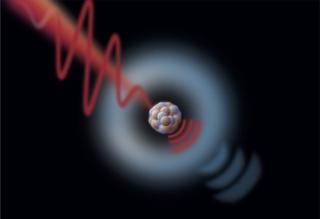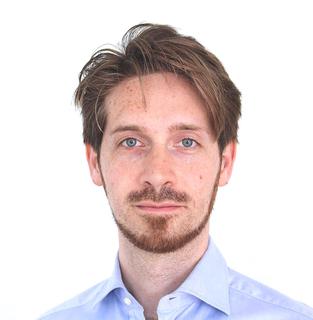Junior professorship for Andrea Trabattoni
There are very few people in the world who take a stab at watching and manipulating nuclear transitions by exploiting the surrounding electrons and tailored lasers. DESY’s Helmholtz young Investigators Group leader and CFEL researcher Andrea Trabattoni is one of them. He has just accepted a call as junior professor in Ultrafast Photoelectron Science at Leibniz University Hannover, where he will join forces with their Ultrafast Laser Lab at the Institute of Quantum Optics.
"I am very pleased that Andrea Trabattoni's joint junior professorship will bring us closer together with Leibniz Universität Hannover in a first joint appointment," says Edgar Weckert, Director of Research with Photons at DESY. "This brings together the joint expertise in the highly interesting research field of ultrafast laser spectroscopy."
The research field that Trabattoni and his colleagues are working on is extremely ambitious – but very promising. The ultimate goal is to use lasers to control and manipulate electrons in processes connected with atomic nuclei. Generally speaking, nuclei are made up of protons and neutrons and are surrounded by a sort of cloud of electrons. Together, these two groups form atoms, and the electrons’ place is usually outside the nucleus. There is a plethora of processes in nature, however, in which electrons and nuclei interact and exchange energy. These processes are particularly important, for example, to track the solar activity or in the production of medical isotopes. “We know about these transitions, but we don’t have control over them,” explains Andrea Trabattoni. “For some nuclear reactions, we would have to wait a thousand years of more. If we find the right knob of control, we may be able to steer them within a fraction of a second.”

